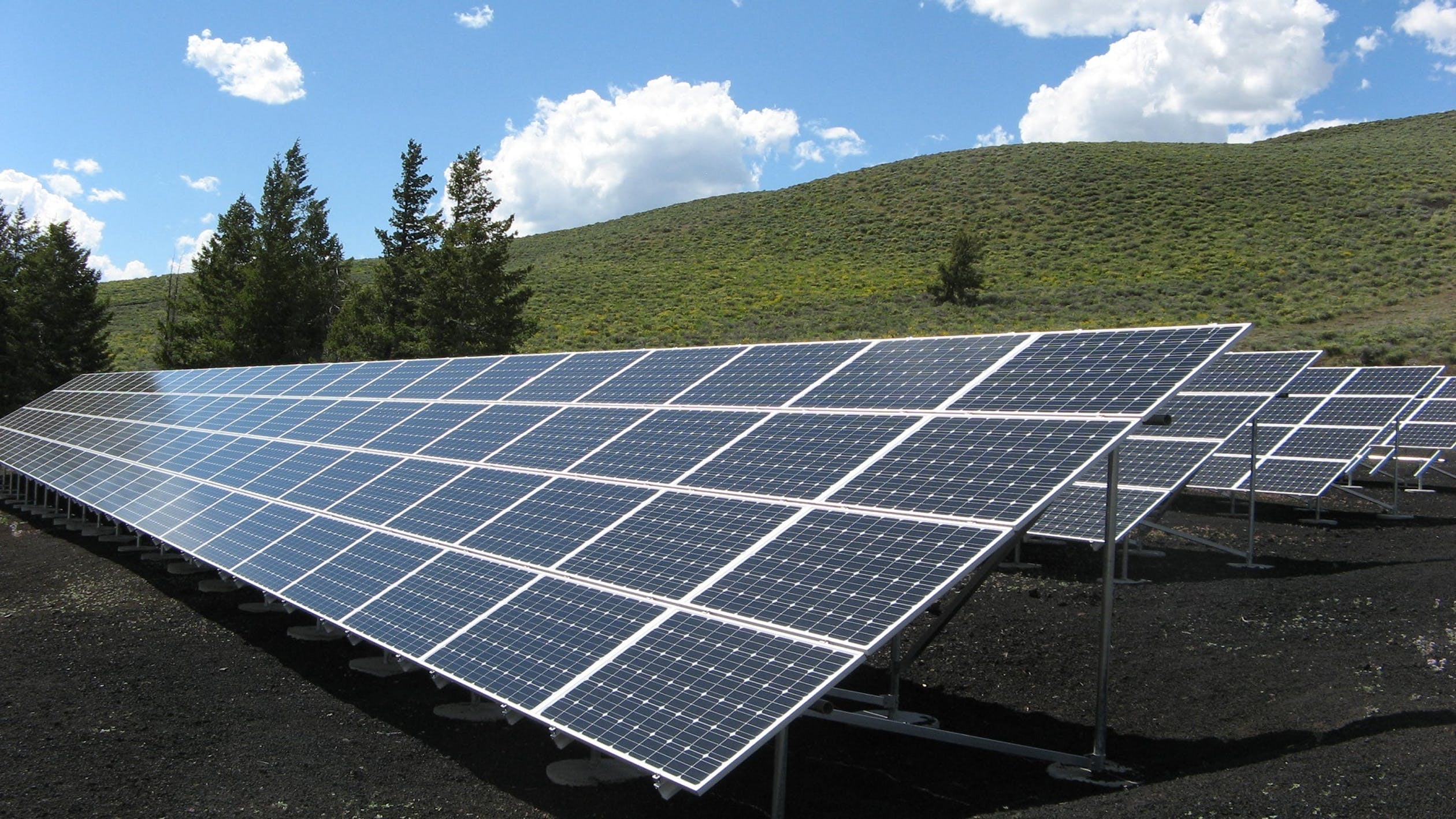It’s no secret that environmentalists and politicians and scientists and even regular citizens are constantly on the hunt for new and innovative ways to be more efficient and help the environment in its time of great need.
We know that solar panels are the energy source of the future (or really of the now), but the state of California thinks marrying them to a water canal concept could really help take both ideas to the next level.
California is home to around 4,000 miles of canals that were built to deliver clean water all over the state. New research suggests they could also be doing double duty, though – or triple duty – by helping to generate solar power and saving water in the process.

Image Credit: Public Domain
Researchers at the University of California Merced and University of California Santa Cruz believe that a “solar canal” could be the answer to many of the state’s economic and environmental issues.
Brandi McKuin, the lead author of the study, says that shading the canals would reduce the water evaporation, and that a solar panel could be the perfect “umbrella.”
“We could save upwards of 63 billion gallons of water annually.
That would be comparable to the amount needed to irrigate 50,000 acres of farmland, or meet the residential water needs of over 2 million people.”
In a state like California, who struggles annually with drought and resulting fires, this is especially important.

Image Credit: Solar Aqua Grid
The project would be expensive, and while some say it could even be cost prohibitive, McKuin doesn’t agree. She says the solar panels can also grab extra energy from being out in the open sunlight – nearly “half the projected new capacity needed by 2030 to meet the state’s decarbonization goals.”
The panels could also reduce the need for diesel powered irrigation pumps, but negatively impact air quality.
Shading the panels could also help solve the issue of aquatic weeds clogging up the canals and stopping water flow – the weeds can’t grow as quickly or as well without consistent sunlight. That also saves money and energy in having to remediate the weeds.
The research is more of an exercise in what might be possible as opposed to a real proposal, but McKuin thinks it shows enough potential that utility companies should at least consider takin it on. Similar projects have worked like a dream in places in India, Japan, and Indonesia.

Image Credit: Pexels
In a final bonus to her pitch, McKuin also says that her idea saves current solar panel projects from having to grab natural land that has been untouched for this long.
“I think one of the important parts of this story is that in California we have this mandate to produce renewable energy at scale, but we also have to be careful about taking large parcels of land.
By being creative about where we put solar panels we can maybe avoid some of these trade-offs.”
Whether or not the state or others with the financial and political pull will get on board remains to be seen, but I do love to see scientists working hard to solve problems in unique ways.
It’s the way of the future!






